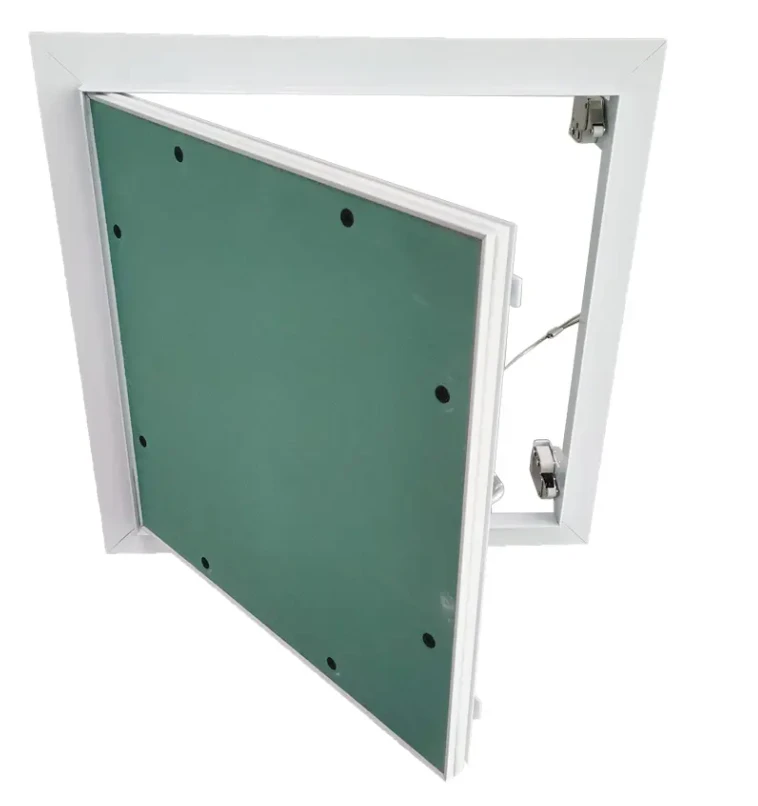Dec . 21, 2024 10:25 Back to list
pvc gypsum board
The Rise of PVC Gypsum Boards A Modern Solution for Construction
In recent years, the construction industry has witnessed a significant transformation in materials used for building and interior design. One notable innovation is the rise of PVC gypsum boards. Combining the lightweight, fire-resistant properties of gypsum with the durability and moisture resistance of PVC, these boards are establishing themselves as a go-to solution for modern construction projects.
What are PVC Gypsum Boards?
PVC gypsum boards, as the name suggests, are composite materials made predominantly from gypsum and PVC (polyvinyl chloride). The core of the board is made from gypsum, which is an excellent insulator and offers fire resistance, while the outer layers are coated with a PVC veneer. This unique combination not only enhances the board’s structural integrity but also provides benefits such as resistance to moisture, ease of maintenance, and aesthetic versatility.
Benefits of PVC Gypsum Boards
1. Moisture Resistance One of the standout features of PVC gypsum boards is their resistance to moisture. Unlike traditional gypsum boards, which can suffer from mold and mildew when exposed to water, PVC gypsum boards maintain their integrity in damp environments. This makes them ideal for bathrooms, kitchens, and areas prone to high humidity.
2. Fire Safety Gypsum is naturally fire-resistant due to its mineral composition. When combined with PVC, the boards retain these fire-resistant properties. Many building codes require fire-rated materials for certain applications, and PVC gypsum boards meet these requirements, making them a safe choice for residential and commercial properties.
3. Ease of Installation PVC gypsum boards are lightweight, allowing for easier handling and installation compared to traditional materials. Additionally, they can be easily cut to size and shape, making them a versatile choice for a variety of applications, from walls to ceilings.
pvc gypsum board

4. Aesthetic Appeal With advancements in design and manufacturing, PVC gypsum boards are available in an array of colors, textures, and finishes. This allows architects and designers the flexibility to create visually appealing spaces that meet their creative visions while using sustainable materials.
5. Sustainability As the world becomes more eco-conscious, PVC gypsum boards offer an environmentally friendly alternative. Gypsum is a natural material, and when sourced responsibly, contributes minimally to environmental degradation. Furthermore, many manufacturers are now producing boards with recycled PVC, thereby reducing overall waste.
Applications of PVC Gypsum Boards
PVC gypsum boards are versatile and can be used in various applications. In residential construction, they are commonly used for interior walls and ceilings. In commercial settings, they are ideal for office partitions and meeting rooms, providing sound insulation while maintaining a modern aesthetic.
Moreover, these boards are increasingly used in specialized environments such as hospitals and laboratories, where hygiene and fire safety are paramount. With their ability to be easily cleaned and their resistance to contaminants, PVC gypsum boards are well-suited for these demanding applications.
Conclusion
As the construction industry continues to evolve, materials like PVC gypsum boards are becoming essential for modern building practices. Their unique blend of benefits—moisture and fire resistance, aesthetic flexibility, ease of installation, and sustainability—positions them as a progressive choice for various applications.
Builders, architects, and property owners who recognize the value of these boards will likely be at the forefront of the next wave of construction innovation. With a focus on quality, safety, and sustainability, PVC gypsum boards are not just a passing trend; they represent a significant step forward in the building materials of the future. As the demand for green and efficient construction materials grows, PVC gypsum boards will undoubtedly play a key role in shaping our built environment for generations to come.
-
Quality Ceiling Trap Doors & Access Panels | Easy & Secure AccessNewsAug.30,2025
-
Durable Ceiling T Grid Systems | Easy InstallationNewsAug.29,2025
-
PVC Gypsum Ceiling: Durable, Laminated Tiles for Modern SpacesNewsAug.28,2025
-
Pvc Gypsum Ceiling Is DurableNewsAug.21,2025
-
Mineral Fiber Board Is DurableNewsAug.21,2025
-
Ceiling Tile Clip Reusable DesignNewsAug.21,2025







